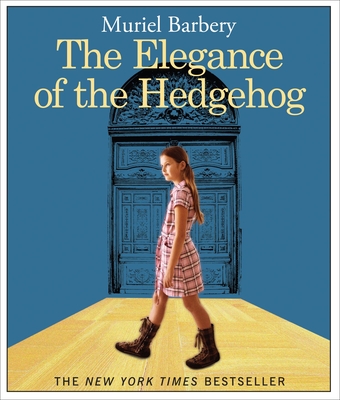Granola is one of my very favorite breakfast, lunch, dinner, dessert, and snack foods. It plays an extremely versatile role in my diet and I love to mix up both store-bought and homemade varieties with different dried fruits, seeds and nuts, and healthy additions such as wheat germ and ground flax seed.
But sometimes a bowl of crumbly granola just isn't convenient when I'm at work or need a snack on the go. For one thing, I find granola much more satisfying when enjoyed in a bowl of milk. And for another, it's quite a messy snack to enjoy when attempting to maintain a professional appearance. Thus I decided to make granola bars, full of the same wholesome flavors and healthy ingredients as my beloved granola but much more easily edible!
Just like when making granola, this recipe is highly adaptable. I actually came up with my own version by scoping out tons of granola bar recipes from all over the internet and each one is completely different, but I'm sure they all yield highly delicious products. So feel free to mix up the following recipe, whether you'd like to switch out the dried fruit and nuts included with other varieties or would rather skip the peanut butter and apple butter entirely. Whatever changes you make, just try to keep to the wet-dry balance as much as possible - add a little more honey or butter if you remove the peanut butter or include a few more cranberries if you decide to steer clear of the golden raisins.
Ingredients
- 4 cups oats
- 1/2 cup pumpkin seeds
- 1/2 cup chopped cashews
- 1/2 cup sliced almonds
- 1 Tbsp cinnamon
- 1 tsp salt
- 1 cup dried cranberries
- 1 cup golden raisins
- 1/2 cup brown sugar
- 6 Tbsp butter
- 1/2 cup honey
- 1/4 cup peanut butter
- 1/4 cup apple butter
Directions
1. Preheat oven to 325 degrees. Prepare 9 by 13 inch pan with butter or line with wax or parchment paper.
2. Combine oats, pumpkin seeds, cashews, almonds, cinnamon, salt, dried cranberries, and golden raisins in a large bowl.
3. Over medium heat, warm brown sugar, butter, honey, peanut butter, and apple butter until sugar dissolves and butter is completely melted. Lower heat as needed to prevent burning and stir occasionally to fully incorporate.
4. Pour melted warm ingredients over dry ingredients, making sure to fully coat all the dry ingredients.
5. Transfer granola bar mixture to prepared baking pan. Pressly the bars firmly down, ensuring that the mixture fills all corners of the pan.
6. Bake for 35 minutes until bars are golden brown and fragrant.







